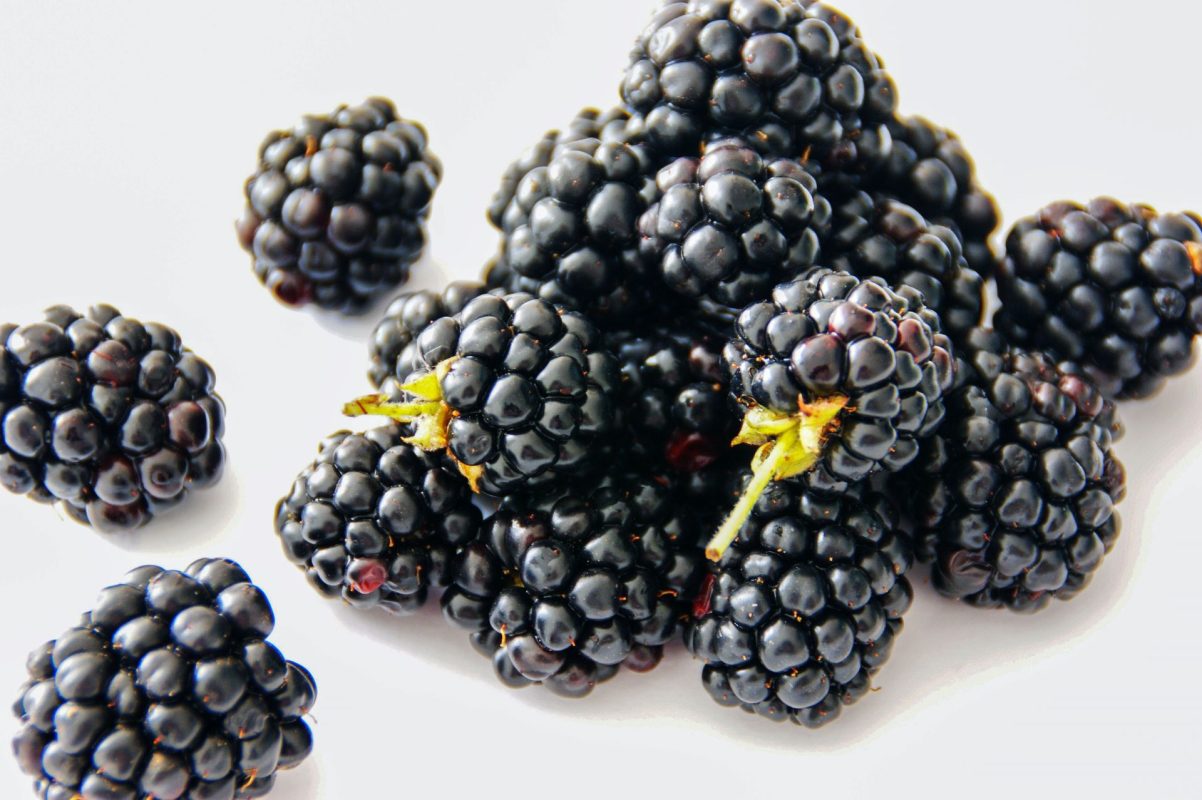YETRAC
Blackberry Cultivation: A Comprehensive Guide to Growing and Harvesting Blackberries
Blackberry Cultivation: A Comprehensive Guide to Growing and Harvesting Blackberries
Blackberries, which can be found in almost every region of our country in the wild, have gained importance in cultivation due to their suitability for both fresh consumption at the table and industrial purposes. Blackberries, being an economically valuable variety for agriculture-based industries in terms of various processing techniques, are sought after in the fruit juice, jam, marmalade, and beverage industries, as well as in the canning, pastry, and ice cream industries.
Additionally, due to the pectin substance it contains, blackberries have a characteristic sought after in jelly making. In our country, fresh consumption is widespread, especially in tourist areas. The ecological suitability of our country, ease of cultivation, quick fruiting, high yield per unit area, higher price compared to other fruits, renewability of shoots, easy propagation, and suitability for consumption in various forms demonstrate the significant potential of blackberry cultivation for our country. Blackberries, being a temperate climate fruit type, can also be cultivated in subtropical climate regions within certain limits. Blackberries are not very selective in terms of climate requirements and can easily adapt to different climate conditions. Generally, blackberries thrive in places that are sunny, sheltered from the wind, with no rain during harvest time, sufficient soil moisture, and mild winters.
The soil requirements for blackberries are not significantly different from other berry fruits. To achieve high yields, medium-heavy (sandy-loamy), organic-rich, high water retention, and well-drained soils are preferred. In terms of soil reaction, the pH value should be approximately 6.5 for blackberry cultivation. However, extreme soil reaction limits are not crucial. In blackberry cultivation, per 100 grams of soil, soils containing 10-25 mg phosphorus, 30-40 mg potassium, and 12-15 mg magnesium are the most suitable.
Raspberry, another berry fruit type, generally develops and spreads near the surface. Although the roots can reach a depth of 1.75 m under suitable soil conditions, they are mostly spread in the first 40 cm of the soil. However, blackberry roots are stronger and spread over a wider area compared to raspberries, allowing them to be grown even in less suitable soil conditions. In selecting a garden location for blackberry cultivation, ecological compatibility is prioritized. Additionally, blackberries cannot be stored fresh for a long time, so considerations such as proximity to the market or suitability for transportation are taken into account when choosing a garden location. Finding labor for large plantations during the harvest season can be a challenge, especially in the summer months. Exploring options for labor supply from the surrounding areas is essential. If blackberry cultivation is intended for industrial purposes, a location near food and industrial facilities is chosen.
Preparation for planting in the garden begins the previous summer. If possible, 3-6 tons of barn manure per hectare is applied, or green manuring can be done if barn manure is not available. The soil is deeply plowed at least 1 month before planting (25-30 cm). Prior to planting, basal fertilization with phosphorus and potassium fertilizers and a final plowing are beneficial. If necessary, before planting, rotary tiller, roller, or harrow can be used to break clods and level the soil. In blackberry cultivation, perennial plants from late autumn to early spring can be planted when the soil is ready and suitable. In regions with mild winters, late autumn and winter planting yield better results. November is the most suitable month for autumn planting. The advantage of autumn planting is that the soil moisture condition is very suitable. In areas with harsh winters, planting is done in early spring, between February and April. If planting is to be done in spring, it should not be delayed too much, as hot and dry days may start immediately after planting, requiring frequent irrigation. In light soils, autumn planting is more suitable. Planting distances vary according to the growth power and shapes of the varieties and species, the planting methods, and the soil processing methods. On average, if we give a general value, the planting distance of S.A x S.U should be 1.5 x 0.5 m.
Blackberries can be propagated in 6 ways:
- Propagation by seed
- Propagation by root suckers
- Propagation by tip layering
- Propagation by leaf-bud cuttings
- Propagation by root cuttings
- Propagation by tissue culture
Pruning is an important cultural practice in blackberry cultivation. Growers know that large fruits come from vigorously growing branches and those originating from branches 15 cm or longer. In blackberries, fruits are taken from 2-year-old branches, as in raspberries. These branches sprout in spring, grow throughout the summer, and dry after yielding fruits in the second year. The most suitable time for pruning is the end of winter or early spring, depending on the ecology. In pruning, branches from the second year that bear fruit are cut from ground level immediately after harvest or at the beginning of spring. Doing this immediately after harvest is useful in preventing the spread of diseases. After that, in spring, thin shoots should be removed, and 5-6 branches should be left on each plant.
Afterward, these should be evenly distributed on trellis systems at suitable intervals. Blackberries should be harvested when they reach full maturity. Generally, varieties should have taken on their characteristic dark black color, and the fruit stems should have slightly browned. However, the most important factor in determining the harvest time is that the fruits are easily separated from the cluster. Because in some varieties, although the fruit color may turn black, they may not be fully ripe. Blackberry harvest should be done early in the morning. Blackberries typically follow the rule of being harvested twice a week for fresh consumption and once a week for industrial purposes when gathered for table consumption. The harvest period of blackberries can last for 60 days due to the long ripening stages of the fruits. After harvest, the fruits should be placed in a cool place immediately

